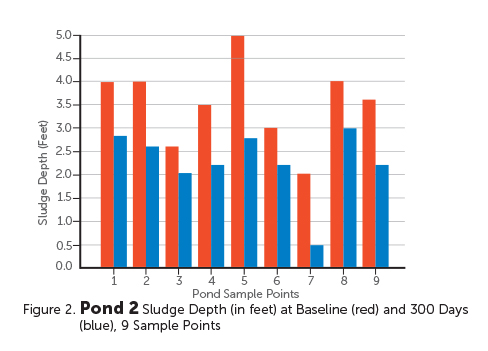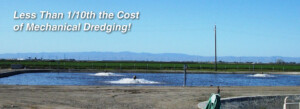
In English Online In English PDF Download
En Español Ver Online En Español Descagar PDF
Related Posts

Solids Destruction Efficiency Using BIO ENERGIZER®
A small Missouri Sewer District operated a single wastewater lagoon that treated approximately 10,000 gallons per day of municipal sewage. The lagoon was in need of sludge removal as it had not been dredged since it was constructed in the ‘70s. By treating the lagoon with Bio Energizer®, the District saw improvement in water clarity,

Natural, Efficient Sludge Reduction
Let us help you reduce Sludge, Odor, BOD/COD, and FOG’s the easy and affordable way- with our Probiotic Solutions® products. They are used successfully in wastewater treatment systems to improve water quality and reduce operating costs. Our ultra-efficient products are liquid biostimulants that accelerate the degradation of organic waste by increasing microbial activity and balancing nutrients in the growth environment. Probiotic Solutions®

Use of Biostimulants and Buffers for Upset Recovery in Paper Mill Wastewater Systems
By Heather Jennings, PE Industrial pulp and paper wastewater is considered one of the more challenging waters to treat using biological methods, which depend on microbial activity to effectively remediate the wastewater. Wastewater treatment systems are often influenced/impacted by increased hydraulic and/or COD (chemical oxygen demand) loading as mills add new chemicals or otherwise modify

